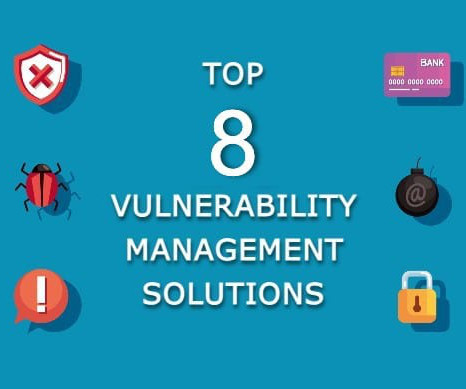Best 8 Vulnerability Management Tools for 2024
Centraleyes
MARCH 25, 2024
Each vulnerability presents a risk, but that risk varies in severity. According to IBM’s X-Force Threat Intelligence Index , vulnerability exploitation is the second most prevalent cyberattack vector. It will manage vulnerabilities, detect threats, triage risks, distribute updates, and monitor assets.



















Let's personalize your content